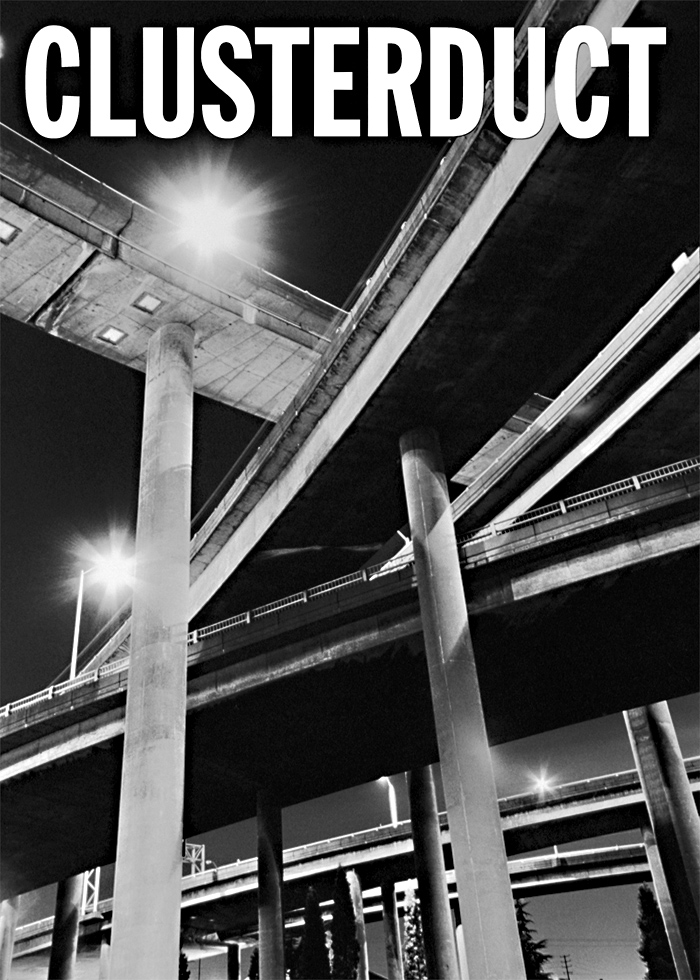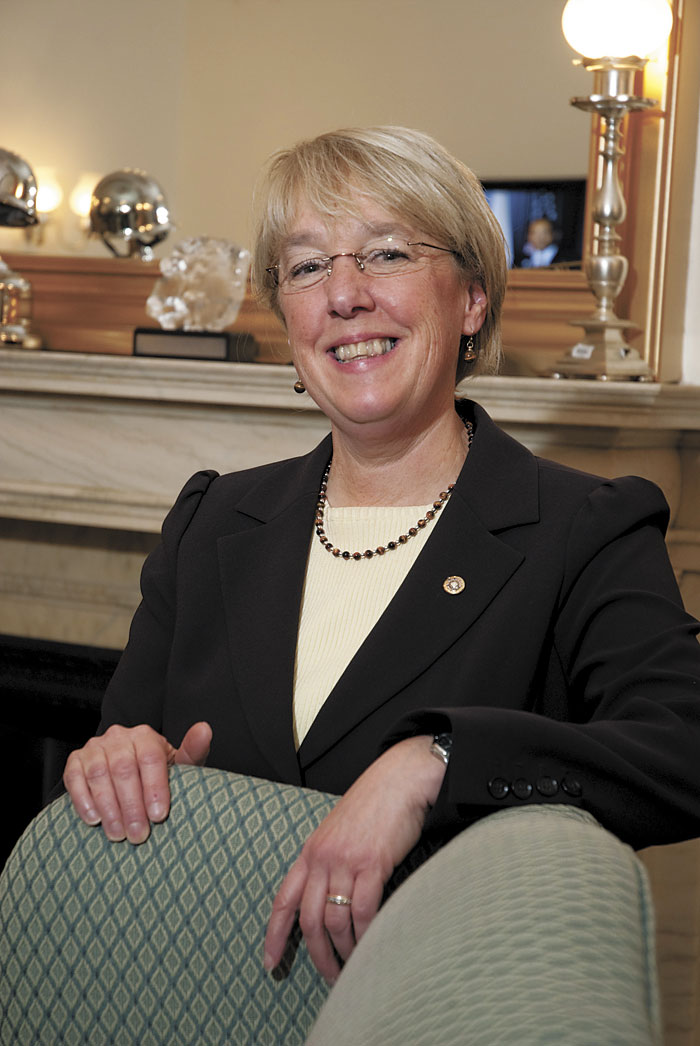It’s been nearly two years since Seattle residents turned down both a tunnel replacement and a rebuild of the Alaskan Way Viaduct, and the ensuing stakeholder process produced a mind-numbing array of “scenarios” which were then fashioned into “options.” Last week, state, county, and city transportation planners released their top two choices among these options: 1) surface street and transit improvements, or 2) a four-lane elevated structure, built in two pieces. Mayor Greg Nickels, King County Executive Ron Sims, and Gov. Chris Gregoire are up next. They’re expected to declare their own unanimous preference by the end of the year–which may or may not be one of those two options.
However, even if this unsteady leadership triangle can agree on one recommendation, it’s still the legislature that holds the purse strings.
“After that, we’ll treat it like any other request,” says Sen. Mary Margaret Haugen (D-Camano Island), who chairs the Senate Transportation Committee. “We’ll listen to the pros and cons and we’ll take it from there. We do have a limited amount of money, and that’s one thing we have to be realistic about. Everybody has visions of what they like, but they don’t always entail how to pay for it.”
Add to that the fact that House Speaker Frank Chopp (D-Seattle) has his own vision, and you have real potential for some fireworks in Olympia come January.
“It’s all going to play out in the legislature, and the rules are different down there,” says Don Stark of PR firm Gogerty Stark Marriott. “I know that Frank [Chopp] has a strong personal interest in this. He’s a major force and is going to be a significant factor in what gets done.”
Chopp envisions an elevated structure, twice as wide as the current viaduct, that would house four lanes of traffic, retail, and office space, with a 21-acre park on top. “The views would be phenomenal,” he says, arms outstretched.
The legislature last year set aside $2.8 billion in gas-tax revenue and federal bridge grants to pay for a viaduct replacement. The estimated cost of Chopp’s idea—not including the cost of constructing the mixed-use space or the park—is around $2.2 billion.
Chopp told a skeptical city council last week that there could be other funding sources available: rent from the office and retail tenants, or the creation of a special development district along the waterfront where a portion of the property and sales taxes collected could go back into the project to pay for things like park security. In addition, Chopp says he’d secure additional funds out of the state’s capital budget if needed, something that as speaker he is in a unique position to lobby for.
But some say the Choppduct is too risky. Business leaders, in a letter to state, county, and city transportation staff last week, questioned whether the Seattle market could ever support nearly a mile of new retail and office development.
Stark, who’s representing waterfront businesses in the viaduct debate, says they’re increasingly getting behind a combination surface-and-tunnel idea, pitched by the Greater Seattle Chamber of Commerce. But that won’t be cheap either. Depending on whether the tunnel is deep-bored or a shallow-lidded trench, and on how many surface street improvements are included, it could cost anywhere between $2.9 and more than $4 billion to build. Business leaders propose raising additional funds through regional tolling.
Rep. Brendan Williams (D-Olympia), a member of the House Transportation Committee, says cost will be a deciding factor in the legislature. “Where we sit right now, I don’t think we can sacrifice the transportation dollars to pay for one super project in Seattle.”
The cheapest plan currently on the table is the surface-street option, with capital costs estimated at around $1 billion, but that price doubles if you add other elements included in the transportation planners’ recommendation, such as improvements to downtown streets and Interstate 5.
In advance of the legislature’s convening next month, Chopp continues to scour the city, pitching his vision to anyone who will listen. He presented it to Nickels last week, and plans to make his pitch to King County Council member Larry Phillips soon. He’s got a date to talk with Gregoire on Dec. 23.
Chopp will also have to make a hard sell in Olympia. Many legislators are skeptical, with cost their biggest complaint. But Rep. Mary Lou Dickerson (D-Seattle), who supports the Choppduct, predicts they’ll come around. “I’m sure members will be interested in this option.”
Chopp won’t say how far he’s willing to go to push for his vision, something he says he’s worked on for two years and calls “the opportunity of a lifetime.” But he will say this: “When we allocated this money, we didn’t fund a surface option, we funded a replacement…The legislature makes the decision. We’re the ones who came up with the money in the first place.”






